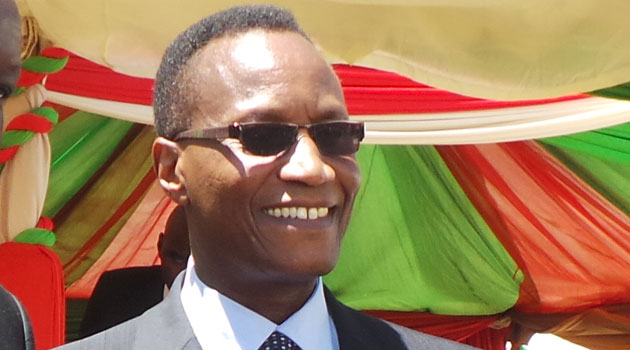
Kaimenyi went further than rebutting KNUT’s claims that Kenyan public school teachers are the most overworked by accusing half of them of failing to fulfil their obligations.
NAIROBI, Kenya, Oct 6 – A report released by the Ministry of Education in conjunction with UNICEF on Tuesday shows that the pupil-to-teacher ratio in public schools is in keeping with the international average which is one teacher for every 40 pupils.
The 2014 Basic Education Statistical Booklet launched by Education Cabinet Secretary Jacob Kaimenyi shows that on average, there is one teacher for every 34 learners – a figure reached by compiling both the number of teachers employed by the Teachers Service Commission (TSC) and those employed by the school boards of management (BOMs).
And a ratio that increases to one teacher for every 41 pupils or students when the teachers employed by the TSC are taken in isolation.
Findings that demonstrate, Kaimenyi said at the launch, that Kenyan public school teachers are not the most overworked as claimed by the Kenya National Union of Teachers Secretary General Wilson Sossion at the height of their strike.
“You shouldn’t swallow everything some people tell you as though they were the Father, Son and Holy Spirit. Ask them to show you the evidence first,” he said.
Kaimenyi went further than rebutting KNUT’s claims that Kenyan public school teachers are the most overworked by accusing half of them of failing to fulfil their obligations.
An accusation made evident, he said, by declining literacy levels. “That’s why I support their performance contracting,” he stated.
Sossion had in September, in a rebuttal to President Uhuru Kenyatta’s assertion that Kenyan public school teachers are some of the best paid in sub-Saharan Africa, countered that they are also some of the most overworked.
READ: KNUT says President was misadvised on teachers pay
A premise that was widely accepted following the adoption of Free Primary Education in 2003 that saw enrolment rise from 5.8 million in December 2002 to 7.2 million in May 2003.
And while Kaimenyi may make the assertion that Kenya’s pupil to teacher ratio reflects the international average, it’s still far from ideal with the UNESCO recommendation being one teacher for every 24 students.
A standard which Kenya fell far below in 2012 with UNESCO reporting that the pupil to teacher ratio was one teacher for every 57 pupils.









































